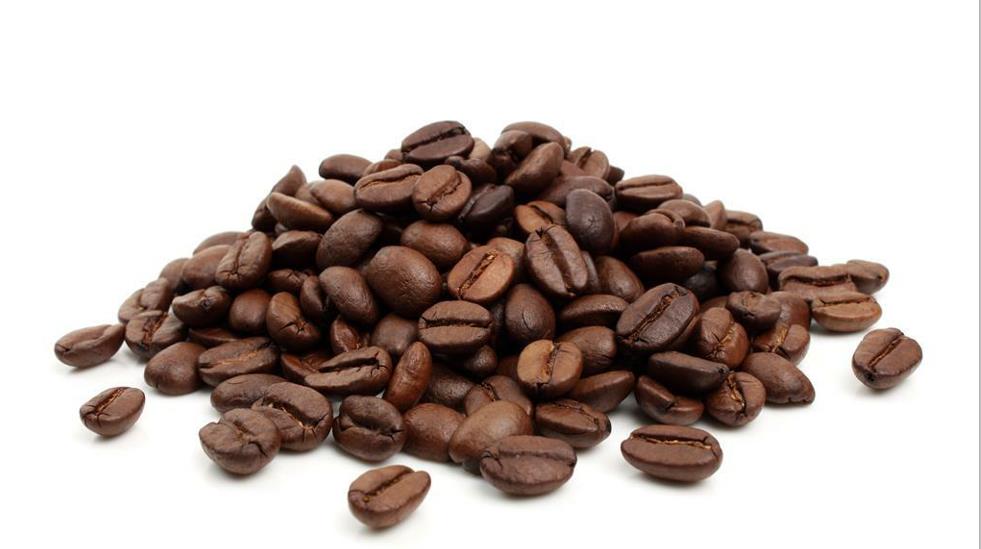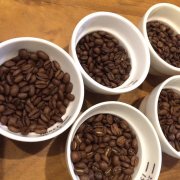Flavor characteristics of Fine Coffee Honey treatment in Tianyi Manor, Nicaragua
For the exchange of baristas, please follow the coffee workshop (Wechat official account cafe_style)

Tianyi Manor, located in Dipilto, grows coffee on 10 plots above 1350 meters above sea level. When the current landowner Misael Sauceda Olivera inherited from his father, there were only two plots for planting and development, and then he bought land from his neighbors, which has grown to its present scale. Thanks to the efforts of the manor owner Misael Sauceda Olivera, Tianyi Manor has been shortlisted for many times in COE, while constantly making progress, improving the coffee planting conditions and coffee bean processing mode in the manor. It was still ranked 24th in 2007, rose to the fourth place in 2008, and was in high spirits in 2012. The planting conditions of Nicaragua, the runner-up, are not inferior to those of Central American countries. It is grown in shaded coffee at high altitude. It tastes round and balanced with less sharp acidity. The main unknown factors are war and hurricanes, resulting in the unsustainable operation of a single farm. There is no historical data for raw bean merchants to track and check farm data until the bad factors leading to coffee quality are removed after 2003, and backward traffic is also fully built. Good coffee continues to emerge. As a laggard, they have achieved quite a sensation in Nicaragua Nicaragua 2005 CoE (Cup of Excellence) competition winning coffee beans, that is, the competition winning coffee beans, the output is very small, relatively rare. The appearance is very neat, basically do not need to pick, it is recommended to bake around the middle of the bean, cinnamon roast cinnamon baking degree.
Dry aroma (1-5): 3.8
Wet aroma (1-5): 3.8
Acidity (brightness) (1-10): 8.9
Taste (layered) (1-10): 8.8
Palate (alcohol thickness) (1-5): 3.4
Aftertaste (residue) (1-10): 8.9
Balance (1-5): 2
Basic score (50): 50
Total score (maximum 100): 89.6
Strength / main attributes: medium strength / clear chocolate flavor with citrus and spice embellishment
Recommended baking degree: full city
Contrast: very delicate, clear, clear Nicaraguan coffee
Nicaraguan coffee has a wide range of flavor properties. Some coffee has a high alcohol thickness like Mexican coffee, while others have bright acidity like African coffee. Most of the varieties used in Nicaraguan coffee are traditional Tibica, and a few varieties of bourbon and Kaddura are grown.
Generally speaking, Nicaraguan coffee is characterized by calmness but without losing its flavor. Both Full city and Viennese are good choices when baking Nicaraguan coffee. Medium and deep roasting will bring mellow bitterness and excellent balance to Nicaraguan coffee.
Nicaragua Shangri-La Esperanza
Producing country: Nicaragua
Grade: SHG
Planting area: Sinotega
Brand name: Shangri-La Esperanza
Treatment method: wet treatment and solarization
Appearance: 0dplash 300grgrgrgr17-18SCR
Variety: Kaddura
Note: the dry aroma is full of chocolate, accompanied by hazelnut and cocoa aromas. The wet aroma also has the smell of chocolate, accompanied by the smell of orange peel. With the baking degree of city+, the bright lemon acid and long cocoa finish are wonderful.
Nicaragua of Nicaragua is known as "the country of volcanic lakes" because of its many lakes and volcanoes. The volcanic soil rich in minerals produces high-quality coffee beans. The most famous coffee produced by volcanic ash soil is Kona kona, Hawaii.
Madriz is an ecological coffee with a very hard shell. In the pure natural planting environment, it uses more complex operations to maintain the delicate aroma and taste of the coffee; it is produced in northern Nicaragua between Matagalpa and Jinotega, with an average annual rainfall of 1500-1700mm and a temperature of 20-29 degrees Celsius. All of them choose coffee manually, and the cost of labor and time alone is much higher than that of ordinary beans.
Important Notice :
前街咖啡 FrontStreet Coffee has moved to new addredd:
FrontStreet Coffee Address: 315,Donghua East Road,GuangZhou
Tel:020 38364473
- Prev

Proportion of characteristic Flavor and Flavor of Blue Standard Rosa Variety in Panamanian Jade Manor
The species of Geisha was discovered in the rose summer forest of Ethiopia in 1931 and sent to the Coffee Research Institute in Kenya; it was introduced to Uganda and Tanzania in 1936 and introduced in Costa Rica in 1953, but not many people paid much attention to Geisha until one day, Don Pach
- Next

Introduction of coffee bean flavor and taste varieties in Tianyi Manor, Nicaragua
Professional barista exchanges please pay attention to the coffee workshop (Wechat official account cafe_style) the growing conditions in Nicaragua are not inferior to those in Central American countries. When grown in shaded coffee at high elevations, it tastes round and balanced with less sharp acid, and the unknown main factors are war and hurricanes, resulting in the unsustainable operation of a single farm. There is no historical data for raw bean merchants to track and check farms.
Related
- Does Rose Summer choose Blue, Green or Red? Detailed explanation of Rose Summer Coffee plots and Classification in Panamanian Jade Manor
- What is the difference between the origin, producing area, processing plant, cooperative and manor of coffee beans?
- How fine does the espresso powder fit? how to grind the espresso?
- Sca coffee roasting degree color card coffee roasting degree 8 roasting color values what do you mean?
- The practice of lattes: how to make lattes at home
- Introduction to Indonesian Fine Coffee beans-- Java Coffee producing area of Indonesian Arabica Coffee
- How much will the flavor of light and medium roasted rose summer be expressed? What baking level is rose summer suitable for?
- Introduction to the characteristics of washing, sun-drying or wet-planing coffee commonly used in Mantenin, Indonesia
- Price characteristics of Arabica Coffee Bean Starbucks introduction to Manning Coffee Bean Taste producing area Variety Manor
- What is the authentic Yega flavor? What are the flavor characteristics of the really excellent Yejasuffi coffee beans?

